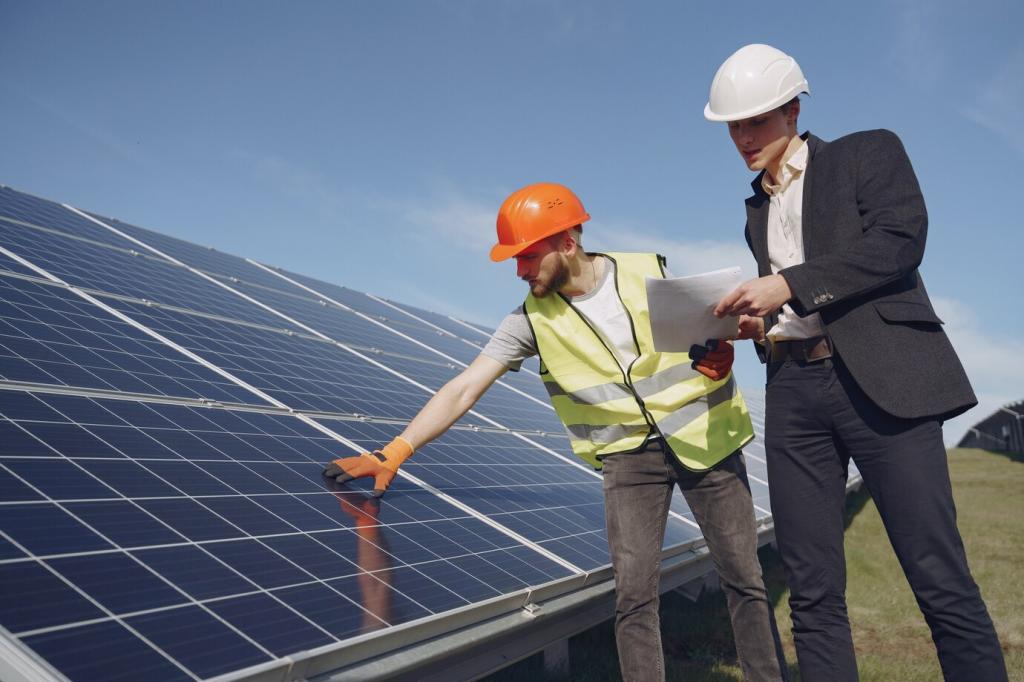How You Can Get Involved
Curious about living with a fuel cell car, or building a station? Ask in the comments, and subscribe for practical explainers. Your questions shape the topics we cover next, from maintenance tips to software that predicts stack health.
How You Can Get Involved
We love hard data, clear limitations, and honest comparisons. Expect measured optimism, not buzzwords. If that sounds right, join our newsletter and share posts with friends who enjoy clean tech explained plainly, with stories from people using it every day.
How You Can Get Involved
Watch for new hydrogen stations, pilot buses, or fuel cell forklifts at warehouses. Snap a photo, tag us, and tell the story behind it. Together we can build a community map of progress that keeps momentum real and accountable.
How You Can Get Involved
Lorem ipsum dolor sit amet, consectetur adipiscing elit. Ut elit tellus, luctus nec ullamcorper mattis, pulvinar dapibus leo.






